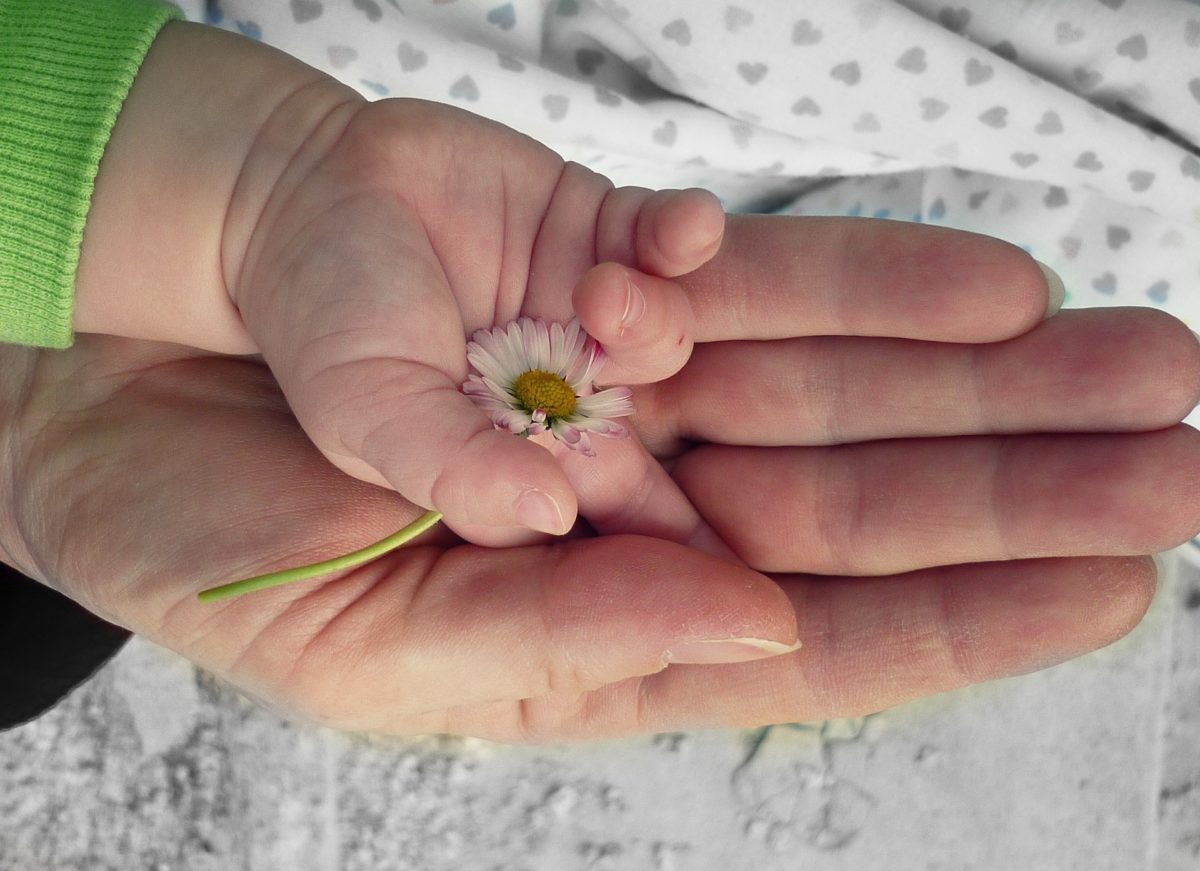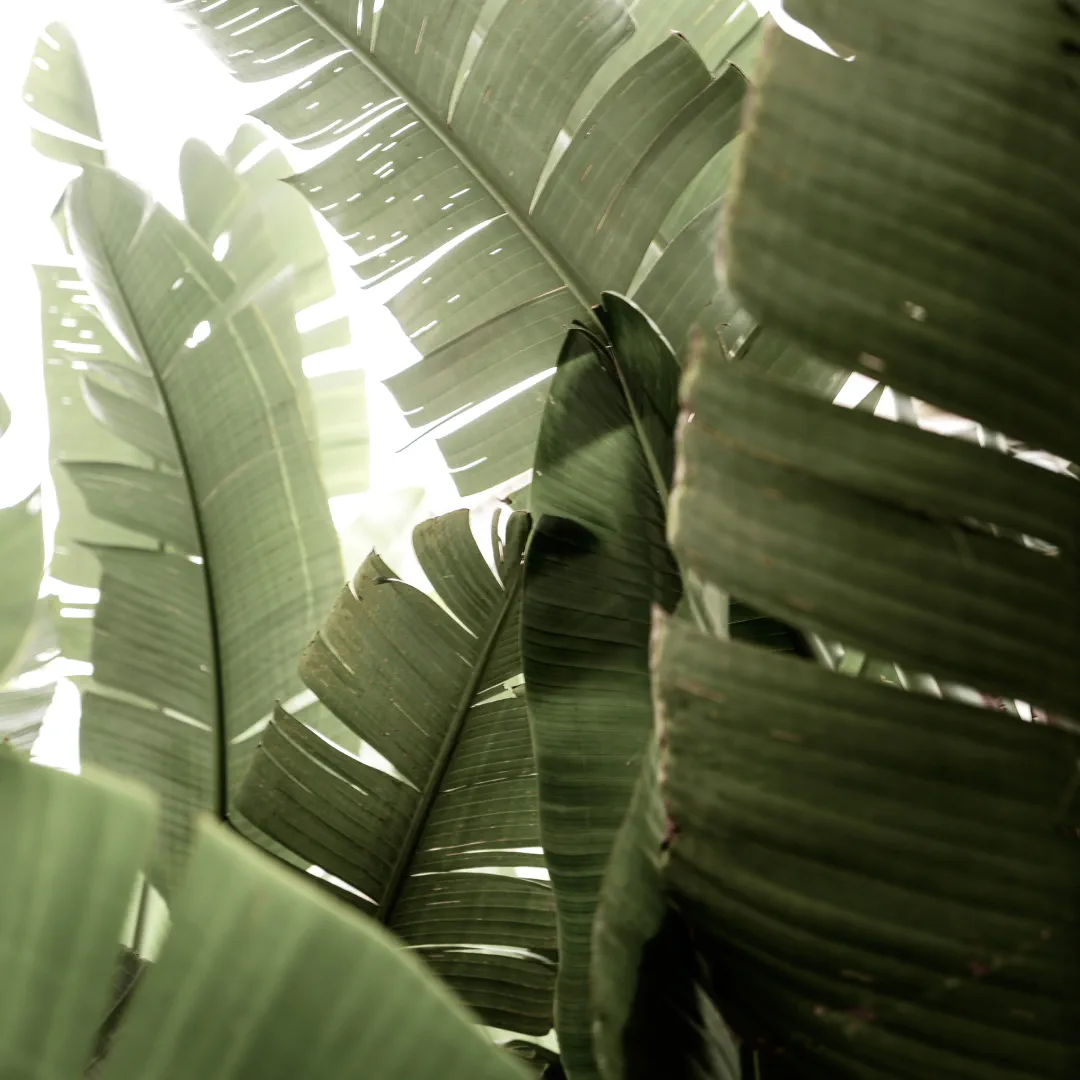
The Skinny on Nipple Shields
Nipple shields, also called breast shells, can be a great tool to help you get through an array of problem-shooting seasons during breastfeeding.
That being said, ideally you use nipple shields strategically for that temporary season, while investigating root causes with your care team.
Let's break-up nipple shields in some functional subtopics...
The How
Fit: Finding the Right Size for You
- Measure your nipples to select an optimal nipple shield size for yourself. You IBCLC can help with fittings!
- Remember, every manufacturer sizes their nipples differently. After measuring your nipples, follow sizing instructions from the company to narrow in on the right size. For example, you can see sizing distribution for Mamivac shields here.
- You are looking for about 1-2 mm of space at the base between nipple and shield when the shield is on. Anything much bigger is likely going to be too big.
Express a little milk and apply to the tip of the shield. This can be really encouraging for a baby! Instead of smelling the silicone as they come to nurse at breast, they are instead met with the smell and immediate taste of mother’s milk.
Invert the flaps of the nipple shield to optimize the amount of nipple you get in there (turn the nipple shield about half-way inside out). Center your nipple into the shield and flip the shield back into the correct position and onto your areola and breast.
- You can also moisten the edge that makes contact with the breast (filtered water or your milk) to help the shield stay put on the breast. I find that a lot of mothers do just fine skipping this step but we are all different!
- You can sometimes achieve a better fit by stimulating or pulling your nipple out gently prior to applying the shield.
When the nipple shield is on, you will notice some space between the tip of your nipple and the end of the nipple tunnel of the shield. This is OK! As the baby sucks and nurses, your nipple will be pulled further into that tunnel.
Latch baby and nurse!
The Why
Below are some common reasons nipple shields are given to mothers...
Flat or Inverted Nipples
- You can use a nipple shield for commencing the nursing session. You can later try to remove the shield after the nursing session has gotten off to a good start and the nipple is now more pliable or erect.
- There are alternative strategies to approaching nipples with less definition.
- If your breasts are responsive, you can stimulate and evert the nipples manually prior to latching the baby.
- You can use a nipple inverter prior to latching the baby. You can try The Lansinoh LatchAssist or Supple Cups.
Extensive Nipple Damage or Pain
- Prevents baby from re-damaging cracked, blistered, or bleeding nipples.
- Sore or damaged nipples ARE NOT part of the initiation into or the long-term breastfeeding relationship. Your nipples do not need to ‘toughen-up’! Feeling a sensation of tugging and pulling is normal, pain and damage is not.
- Nipple shields can help protect mom from continued pain and damage while you work on latch or explore any contributing factors with your friendly neighborhood IBCLC.
Baby Experiencing Difficulty Latching
- Weaker or Tired Baby (e.g., Preemie, Long Labor, High-Intervention or Complicated Birth)
- Babies with Trouble Coordinating their Suck, Swallow, and Breathing (often seen in premature babies).
- The nipple shield can help keep mom’s breast in the mouth and make it easier for the baby to suck and transfer milk.
- Tongue Tie or other Oral Restriction
- Maternal engorgement (you can use hand expression or reverse pressure softening to address this acutely while you work on preventing engorgement long-term).
Maternal Oversupply, Fast Flow, or Strong Milk Ejection
- Nipple shields can be a helpful bridge in addressing overly fast flow at the breast, however, there are other ways to work around these issues while you address them at their core. One readily available way to do this is to express some milk before or at letdown then relatching baby.
Sometimes, a nipple shield can make it easier to supplement a baby at the breast (using a supplemental nursing system like this set from Lactation Hub or The Medela SNS Kits.
Potential Drawbacks
Supply
Potential Reduction in Milk Supply
There has been published evidence demonstrating a risk for a reduction in the production of milk with the use of nipple shields, although this risk has not been replicated in the literature.
There are confounding factors, including sizing yourself for the right fit and sometimes it just depends on finding the right nipple shield for you and your baby’s needs.
There are ways to work around this as well, including incorporating pumping, letdown-capture with a silicone pump, hand-expression, hands-on nursing, and more.
Fickle
Easy to Lose
Nipple shields are translucent, fickle little things and super easy to lose!
Mom's also find that having to make sure you have a clean one on hand and readily available at any given moment can add to an already intense time.
The Wean Off
Can Be Challenging to Wean From
Depending on when or why the shield was introduced, sometimes it can be challenging to wean a baby off the shield.
Any process of bringing the baby back to breast, whether it's from the bottle or a nipple shield, will require a lot of patience as well as a strategic approach.
It is important to work with an IBCLC to explore further if the baby continues to have prolonged trouble weaning off nipple shield use. Is it a preferential habit? Is the use of the shield masking an underlying anatomical or oral function issue?
Not for First Milk
Colostrum May Not Go Through So Easily
Sometimes, mothers are given nipple shields far too early after birth, particularly in the hospital.
Remember, colostrum is a thicker more viscous version of your milk and may not go through the nipple shield pores as efficiently as needed.

Having An Exit Tool-Kit
Working with an IBCLC can help you navigate the process and roadbumps that may come with weaning off nipple shields.
One important thing to remember: always go back to the nipple shield if attempts at weaning from it result in nipple pain or damage.
Work with an IBCLC, a qualified pediatrics dentist, or ENT to explore root cause
Depending on your situation, the following strategies can help with weaning off the shield...
- Remove the nipple shield mid-feed and relatch your baby.
- Removing the nipple shield when switching to the second breast.
- Weaning off slowly, especially if the baby is recovering from tongue tie and still undergoing oral rehabilitation (suck training, oral exercises, osteopathic treatment).
- Switching to using a supple cup or nipple everter for flat or inverted nipples
- Attempt nursing without the shield for overnight feeds or early morning feeds when baby is very sleepy.
- Try a 'boobie staycation' - this essentially means spending lots of time topless and skin-to-skin with baby. On top of all the benefit of skin-to-skin, the consistent access to mom's breasts, whether it is time to nurse, takes the pressure off and can be calming for everyone's nervous systems.
Types & Options
Nipple shields are not all created equal. They vary in flow, in firmness, and in shape.
Please refer to manufacturer details for sizing for each brand!
Cherry- or Bulb-Shaped Shields
The shape of these shields can be really helpful for babies with high palates, tongue ties, or other oral restrictions. Its shape allows for more stimulation of the palate.
The Mamivac
- The Mamivac is overall shorter than other nipple shields on market. It is on the firmer side and has four pores. (Note that the Mamivac does also make conical shaped nipple shields)
- Find them on Lactation Hub here.
The Lansinoh
- The Lansinoh shield has a slightly longer nipple chamber compared to the Mamivac but is slightly softer than the Mamivac. The pores and flow rate are similar to the Mamivac.
Conical-Shaped Shields
These shields still allow for palatal stimulation but are less ideal for babies who have a high palate or are still in the process of being evaluated and treated for tongue tie.
Ardo Tulips
- The Ardo has five pores and will flow faster than the Mamivac or Lansinoh.
Medela
- One of the most commonly used nipple shields on the market as it is often handed out at hospital birthing centers.
Tunnel-Like or Square-Shaped Shields
Maymom
- The Maymom has a slightly longer, tunnel-like nipple chamber and runs on the softer side.
- While it also has four pores (like the Mamivac & Lansinoh), the pores are smaller which will yield a slower flow of milk.
Other Options
Ceres Chill’s Shield Maidens
- These soft, conical-shaped shields are newer on the market but change color when warmed by mom’s breast. Definitely will help in locating them!
- I also love the evenly distributed holes along the base of the shield to allow for mom’s scent and skin to come through.
Haakaa Extra Thin Nipple Shields
- The Haakaa shields are one of the softer and stretchier shields out there ((helpful for a baby trying to get back to breast due to developed preferences).
SHARE ARTICLE

Evelyn Cholakians, MA, IBCLC
Board Certified Lactation Consultant, Clinical and Scientific Research Professional, Biological Anthropologist, and Mother of Two with a Passion for Holistic & Functional Medicine, Herbal Allies, and a Whole-Family Approach.









